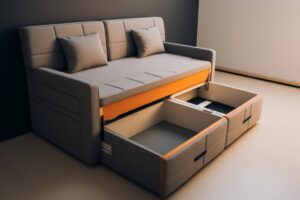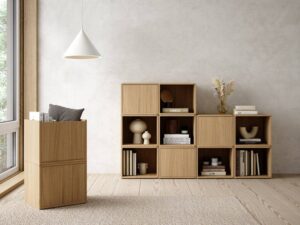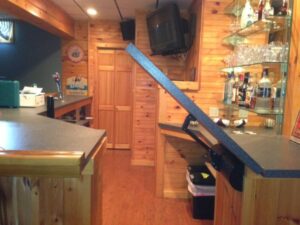The Interior Design Blog
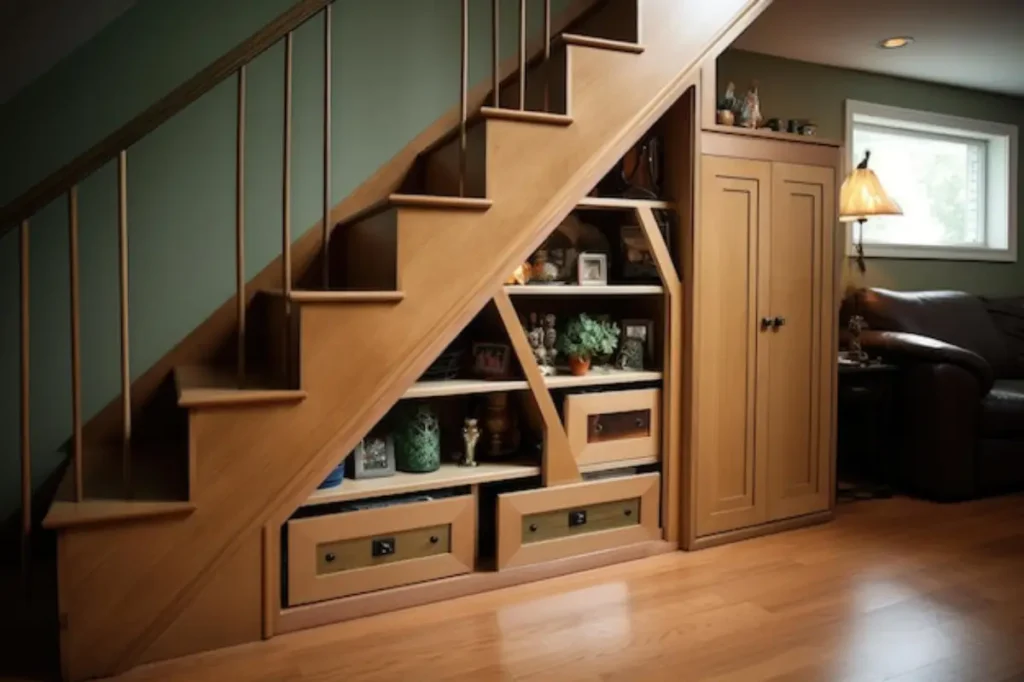
Creating Storage in Awkward & Oddly-Shaped Spaces
Every home has them — those strange little nooks, slanted ceilings, or out-of-place corners that seem more like design hiccups than usable space. If you’ve ever looked at a wedge-shaped alcove or narrow hallway with confusion, you’re not alone. But with the right mindset and a touch of creativity, these quirks become opportunities.
Awkward space solutions aren’t about forcing oversized furniture into places it doesn’t fit. They’re about working with the space, not against it, to find harmony between form and function. From tight space storage to maximising unique room corners, we’ll explore ideas that help you transform architectural oddities into purposeful storage, no matter the shape or size of your room.
In this guide, you’ll discover smart fixes, layout strategies, and real-life examples that make the most of the corners, slopes, and in-between zones you’ve probably been ignoring — until now.
Identifying the Hidden Potential in Awkward Spaces
What Qualifies as an “Awkward” Space?
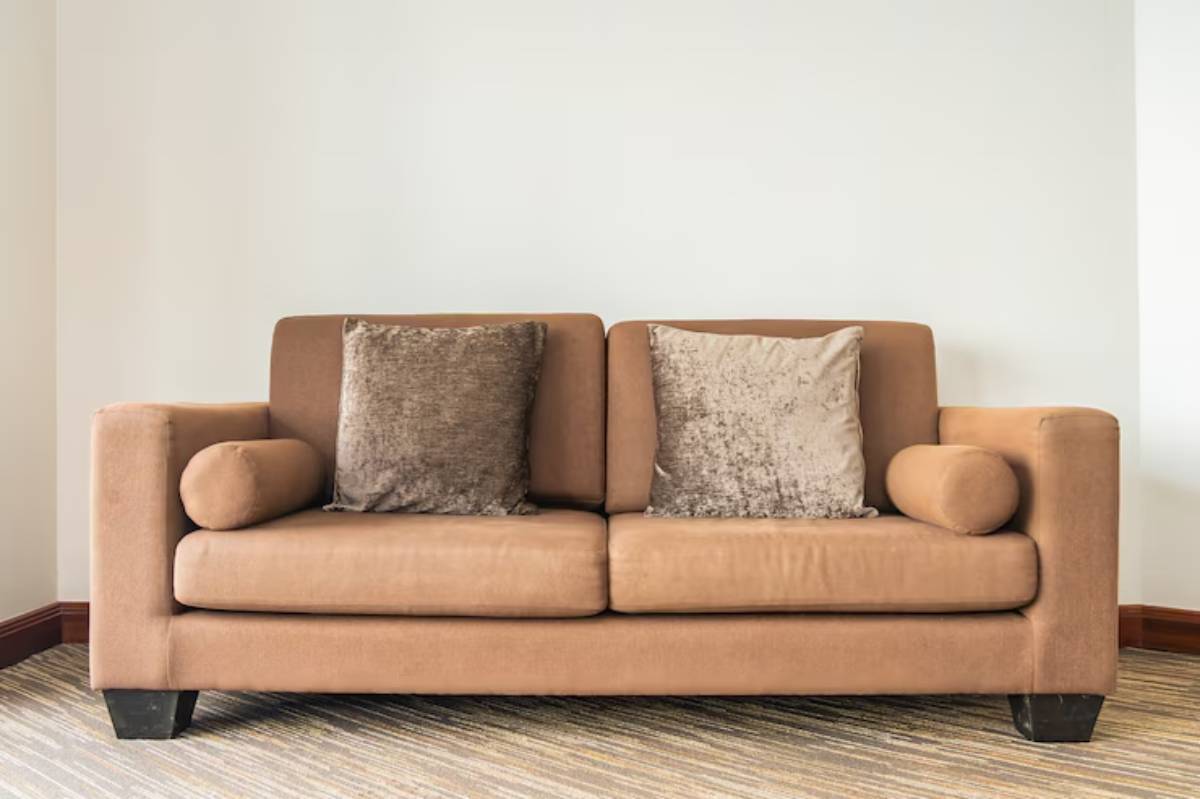
It could be:
- A triangular corner created by a stairwell
- An unused gap between furniture and a wall
- A sloped ceiling under the eaves
- A deep, narrow recess or angled alcove
- A loft with unusual ceiling heights or beams
- A landing or hallway corner that doesn’t seem to serve any purpose
These areas often defy traditional furniture, making them ripe for custom, built-in, or adaptable storage ideas.
Why They’re Worth Reimagining
Every time we ignore these areas, we lose:
- Valuable cubic feet of storage
- A chance to reduce visual clutter elsewhere
- An opportunity to add personality or design flair
Reimagining these areas brings practical relief and design satisfaction. If you’re already exploring smart home upgrades like storage behind furniture you already own, then tackling awkward spaces is the next logical step.
Built-In Solutions That Make Odd Corners Shine
Custom Shelving That Follows the Shape
Custom-built floating shelves or angled units can turn unused corners into highly functional zones.
They’re perfect for:
- Books, magazines, or records
- Plants and personal decor
- Toiletries in awkward bathroom corners
Design Tip: Stick to a neutral or matching wall tone to keep visual continuity. This helps awkward corners feel integrated, not like an afterthought.
Corner Cupboards and Angled Cabinets
Understairs or triangular corners can house cupboards that follow the wall shape.
These work beautifully in:
- Entryways for shoes or coats
- Bedrooms for off-season storage
- Kitchen corners for dry goods or linens
Cabinetry with push-to-open doors or recessed handles works best here — reducing bulk while maximising capacity.
Modular and Adaptable Storage Units
Why Flexibility Wins
When you’re dealing with tight or evolving spaces — like kids’ rooms or multifunctional home offices — modular storage is your best ally.
- Modular cubes can be stacked or reshaped over time
- Narrow drawer units slide easily into slim wall sections
- Open and closed compartments help blend style with function
This method is especially useful in homes with sloped ceilings, where full-height wardrobes or shelving won’t fit, but a customised layout can still deliver.
In fact, this ties in neatly with what you’d see in solutions such as vertical drawers for tight spaces, where height and flexibility work in tandem.
Nooks That Work Harder
Turn an Alcove into a Reading Nook
Even a small recessed area near a window or hallway can become a charming little retreat.
Add:
- A padded bench seat with storage underneath
- Wall-mounted lighting
- Narrow shelves on each side for books or magazines
The result? A space that feels designed, not discarded.
Create a Micro Office in the Corner
Don’t have room for a separate study? Use a curved or angular corner to mount a floating desk and shelves above. Keep your laptop, notepads, and cables organised in a small footprint without compromising your daily workflow.
Vertical Opportunities Around Doors and Windows

Think Above and Around
Doors and windows are natural interruptions in the wall,
but what surrounds them is prime vertical storage space:
- Install shallow shelves above door frames
- Use the space beside window frames for hanging hooks, pockets or bins
- Add vertical organisers in stairwells or landings
These placements are especially helpful in narrow corridors or utility rooms where horizontal space is limited but vertical space is overlooked.
Making Peace with Sloped Ceilings
Loft Rooms, Attics, and Angular Ceilings
These rooms often feel difficult to decorate, but the slopes actually create unique storage possibilities:
- Use low dressers or drawer units under the slope
- Add sliding doors to conceal awkward eave storage
- Create built-in wardrobes that align with the ceiling line
In attic spaces, aim for horizontal zoning — storage along one wall, sleeping or working areas on the opposite — to make navigation more fluid.
Maximise Natural Light
Sloped ceilings often come with skylights. Pair your storage with light-reflecting materials like pale woods, matte whites, or mirrored finishes to avoid a cramped feeling.
Tricks for Tiny Corners and Mini Gaps
Not every awkward spot is a full room corner. Sometimes it’s just a 10 cm sliver behind the fridge, beside the radiator, or between two doors. These micro-gaps still hold potential.
Ideas That Work
- Rolling spice racks for between kitchen counters
- Slim slide-out pantries
- Magnetic tool or bathroom holders for narrow vertical strips
- Over-the-plug shelf brackets for plug socket areas
It’s the small adjustments like these that add up to serious functionality.
Style Considerations: Keeping It Cohesive
Blend, Don’t Bold (Unless You Want To)
Awkward storage shouldn’t draw attention unless it’s meant to be a feature.
Consider:
- Painting built-ins the same colour as your walls
- Using consistent materials (wood, metal, fabric) throughout the space
- Avoiding visual overload by keeping open shelves curated and minimal
Anchor the Space with Intentional Decor
Add a mirror, artwork, or small statement piece nearby to give the space a sense of belonging. When storage is surrounded by design, it feels purposeful.
Conclusion: Make Every Inch Count
Living in a compact home — or even just one with architectural quirks — doesn’t mean compromising on comfort or style. It simply means learning how to use your space differently. By embracing those awkward and oddly-shaped areas, you open the door to unexpected creativity and better organisation.
With a little planning, thoughtful materials, and clever positioning, you can transform even the strangest corners into something functional, beautiful, and entirely unique to your home. So next time you catch yourself eyeing a funny-shaped wall or empty alcove, don’t write it off — reimagine it.



